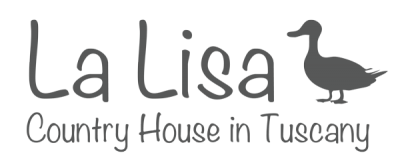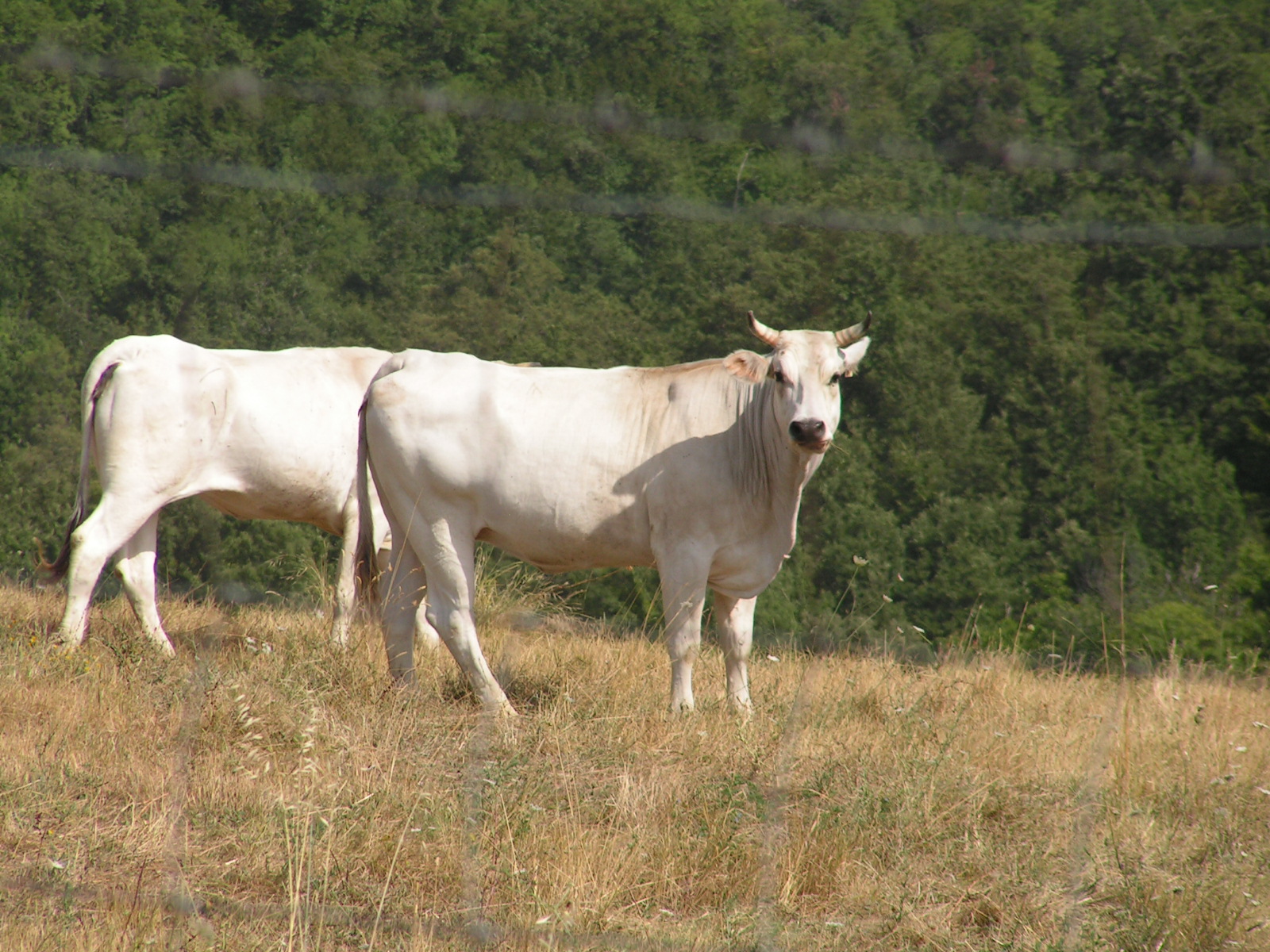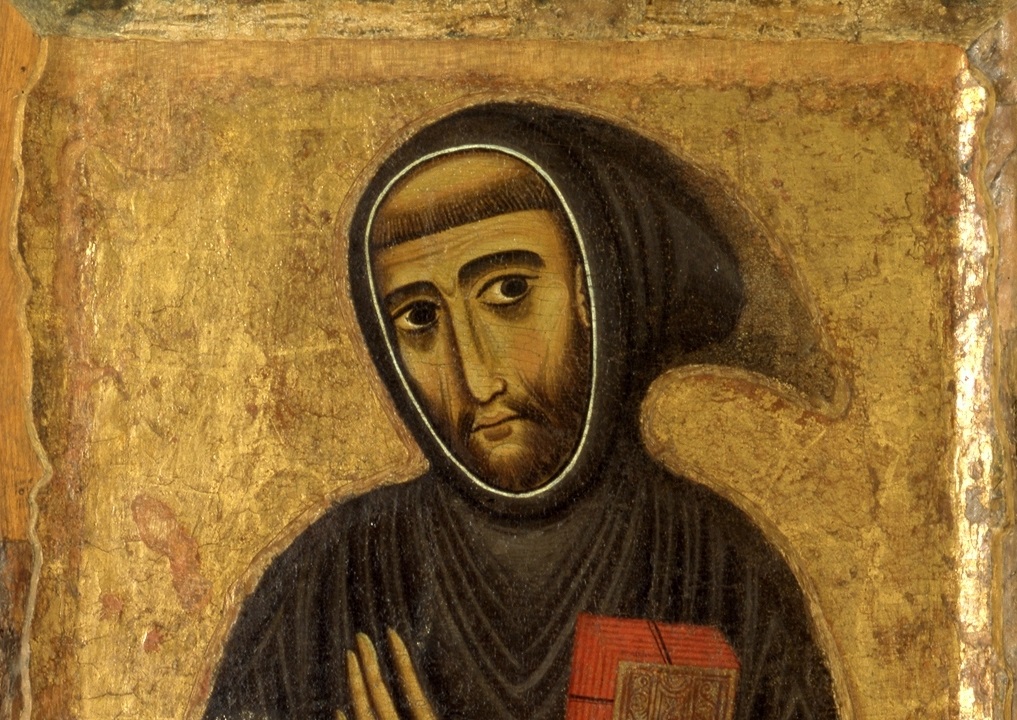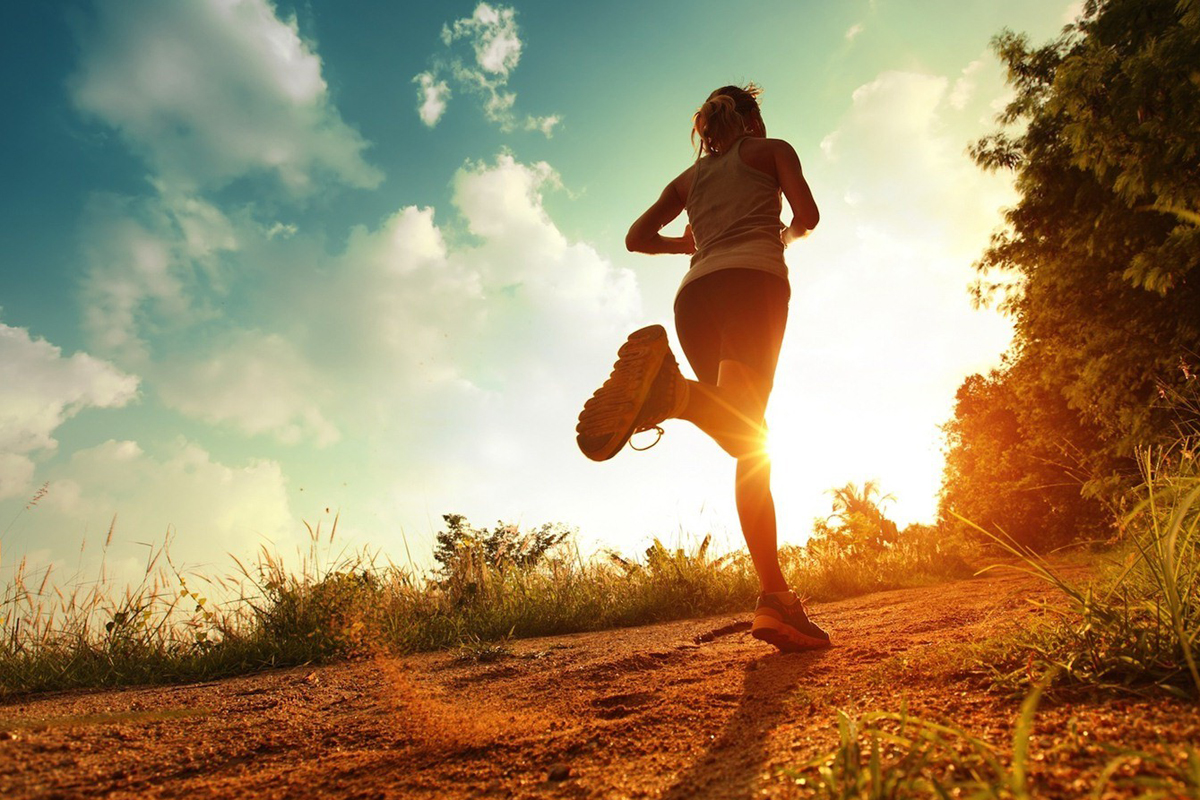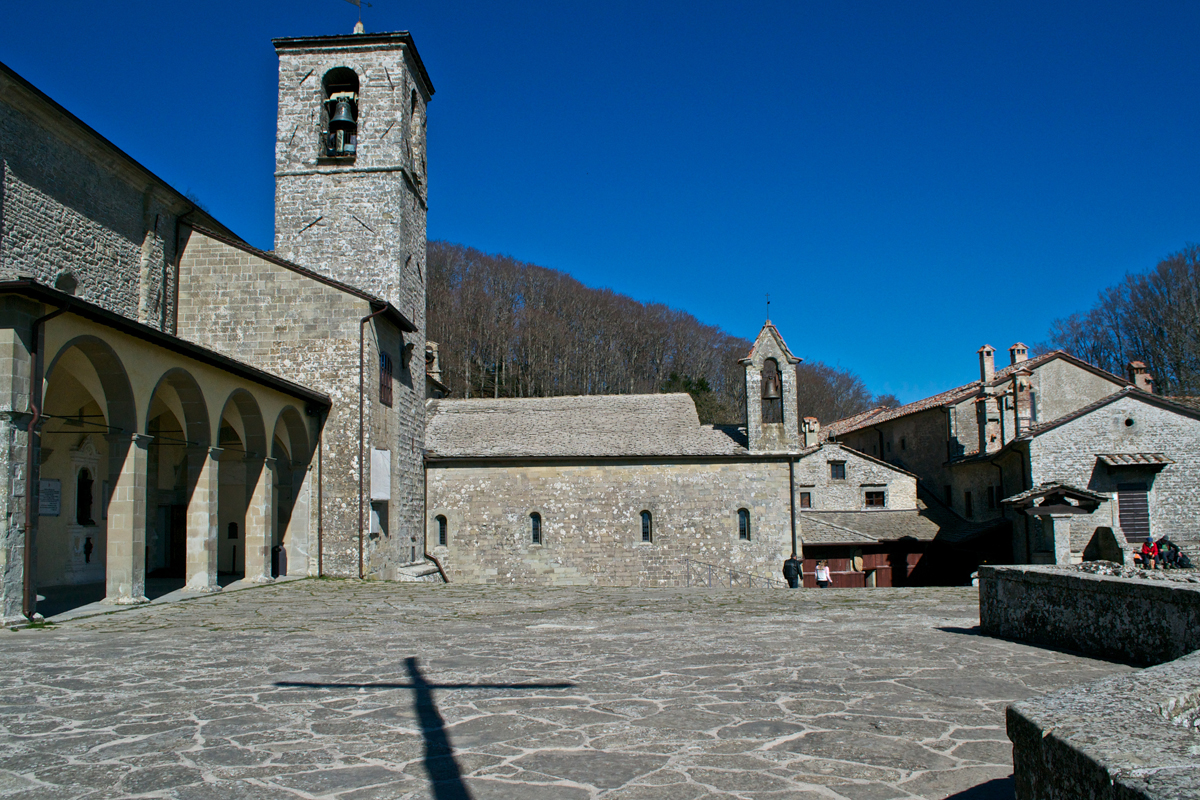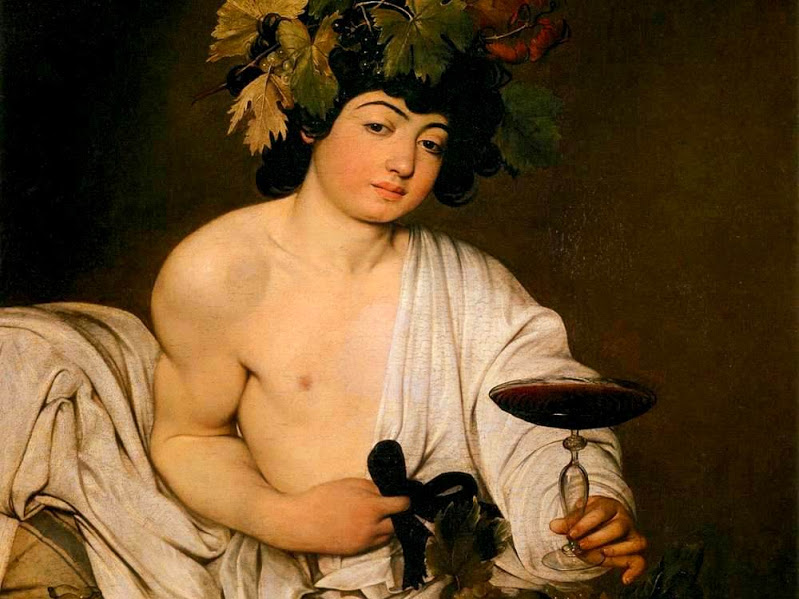After a trip to Tuscany you can not go home without taking away a memory of this land, there are those who choose the crafts, some who prefers natural products and those who needs to renew their wardrobe. All are satisfied:
1. Shopping outlets
The Valdichiana Outlet Village, is five-minute drive from La Lisa. On rainy days you can enjoy waking by the shops’ windows, thanks to the paths of the village that are covered by canopies. You will find many sports shops and lots of clothing brands.
The Prada Outlet is located in the town of Levanella near Montevarchi. There you can find almost everything: shoes, bags, leather goods and clothing, all by Prada, and more or less affordable.
The Mall is an upscale outlet in Leccio, near Reggello. There are the most prestigious brands, obviously at outlet prices.
Barberino Designer Outlet is a nice stop in the Tuscan-Emilian Apennines. It is suitable to the shopping of the whole family because there are so many brands of clothing and accessories.
2. The Factory Shop of UnoAErre
The showroom of the historic goldsmith brand, is located in San Zeno, near Arezzo. You can also visit the adjoining Gold Museum which houses masterpieces of jewelry from art nouveau to the present day.
3. The Casentino Whool
The factory that produces the beautiful coats in wool of the Casentino is in Stia, in the province of Arezzo, in the Casentino landscape. Annexed to the factory there is the direct sales where you can buy coats, capes, hats and woolen bags in Casentino whool, with its typical colors ranging from orange to turquoise to green to bright red and brick .
For information: www.tacs.it
4. The Leather products in San Lorenzo market in Florence
Sometimes we can not recognize what is really produced in Tuscany and what does not, what is truly of the workshop and what cakes from the shed full underpaid workers. The fact remains that one of the most fun things to do in Florence, is walking around the market of San Lorenzo, surrounded by the scent of leather dangling from the stalls in the form of jackets and bags.
5. The Busatti’s linens for the home
Busatti is the historical brand that produces fine home textiles. Their products are famous all over the world but in Anghiari is still possible to visit their shop in Via Mazzini.
For information: www.busatti.com
6. The natural products, pharmaceutical and beauty
In Tuscany we are still accustomed to the remedy “of the monk”, so sometimes we go up in the pharmacies of the monasteries to buy those natural elixir that make us feel good. In the pharmacies of the monasteries in Camaldoli and Vallombrosa it is possible to find a bit of everything, syrups, beauty products, perfumes, but also jams and liqueurs.
But the most important reality in the area is Aboca, the leading natural cosmetics production. Its headquarters is located in a stately building in Sansepolcro, which also houses the Museum of Herbs and Health in the Centuries. Not far from the town there is the farm where herbs are grown.
7. The Petroio terracotta and Montelupo ceramics
For centuries in Petroio they produce top-quality pottery: jars, vases and decorations that go to adorn our gardens. These are not colored earthenware, they remain with their characteristic reddish color and are suitable for furnishing outdoor environments.
In Petroio is also possible to visit the Museo della Terracotta.
In Montelupo the ceramics are processed and colored with beautiful shades of blue, green and yellow. There are lots of artisans offering objects in ancient or contemporary style, the shops are overflowing with dishes, pots and decorations for the home.
In Montelupo is also possible to visit the Museo della Ceramica.
8. Volterra alabaster
Volterra countryside is rich in Alabaster and each of the slots is able to provide a different type of stone. Inside the city you can buy many alabaster artifacts, manufactured by expert craftsmen of the area.
9. The antiques and modern art
Lovers of antiques and modern art can not miss the Antique Fair in Arezzo which is held every first Sunday of the month (and the Saturday before it). Dozens of exhibitors are located in the city center: walking by the fair you can see furniture, paintings, old books, modern antiques, collectibles, ethnic decor and many curious objects.
10. Chocolate
After all this shopping, you need to take a break with a little bit of chocolate…
A mandatory step is the chocolate of Venchi in Florence, in front of the Porcellino market.
In Arezzo you can stop at chocolate Vestri, which will show you many types of chocolate, processed in the most imaginative ways.
